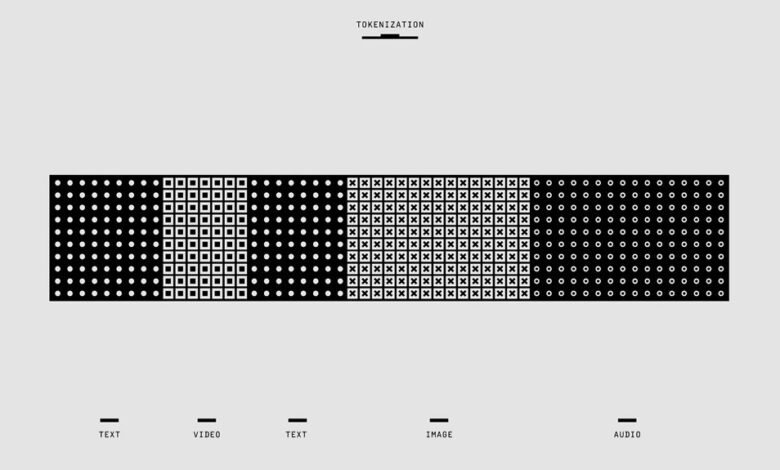Communication Audit & Quality Control Division 5034036122 9152424854 3612047924 8156615600 8175463930 3122754936

You’ll find that effective communication audits enhance clarity, improve engagement, and foster collaboration. By implementing robust quality control measures, the Communication Audit & Quality Control Division systematically identifies gaps that hinder performance. The methods employed reveal insights into organizational dynamics, yet the true impact remains to be explored. Understanding how these efforts shape communication effectiveness can lead to significant improvements in workplace culture and responsiveness to challenges. What might these insights mean for your organization’s future?
The Importance of Communication Audits
While you might overlook the significance of communication audits, they play a crucial role in enhancing organizational effectiveness.
By evaluating your communication strategies, you can identify gaps and improve overall clarity.
Implementing robust feedback mechanisms allows for real-time adjustments, fostering a more responsive environment.
Ultimately, these audits empower you to refine your approach, ensuring your organization thrives in a dynamic landscape.
Quality Control Measures in Communication
To ensure effective communication within an organization, implementing quality control measures is essential.
Conducting regular quality assessments helps you identify areas needing improvement. Focus on message clarity to enhance understanding among team members.
By refining processes and establishing clear standards, you promote transparency and foster a culture of open dialogue.
Ultimately, these measures empower individuals to express themselves freely and effectively.
Methods Employed by the Division
Quality control measures in communication set the foundation for effective methods employed by the division.
By integrating audit techniques, you enhance the evaluation of existing processes. These techniques help identify gaps and improve communication strategies.
Consistent assessment allows for adaptive changes, ensuring that communication remains clear and effective.
Ultimately, these methods empower you to foster a more engaging and responsive communication environment.
Impact on Organizational Communication Effectiveness
Effective organizational communication hinges on the ability to implement robust quality control measures and communication audits.
By identifying communication barriers, you can enhance clarity and understanding among team members.
Establishing effective feedback mechanisms allows for real-time adjustments, fostering an environment where individuals feel free to express concerns and suggestions.
This proactive approach significantly boosts overall communication effectiveness and promotes a collaborative workplace culture.
Conclusion
In conclusion, the Communication Audit & Quality Control Division enhances clarity, fosters transparency, and promotes engagement. By identifying gaps, implementing quality measures, and encouraging feedback, it strengthens organizational communication. You’ll find that these systematic evaluations not only improve effectiveness but also cultivate a collaborative culture. As a result, communication becomes more responsive, more aligned with organizational needs, and more impactful overall. Embracing these strategies ensures a dynamic, engaged workplace where everyone contributes to ongoing success.





